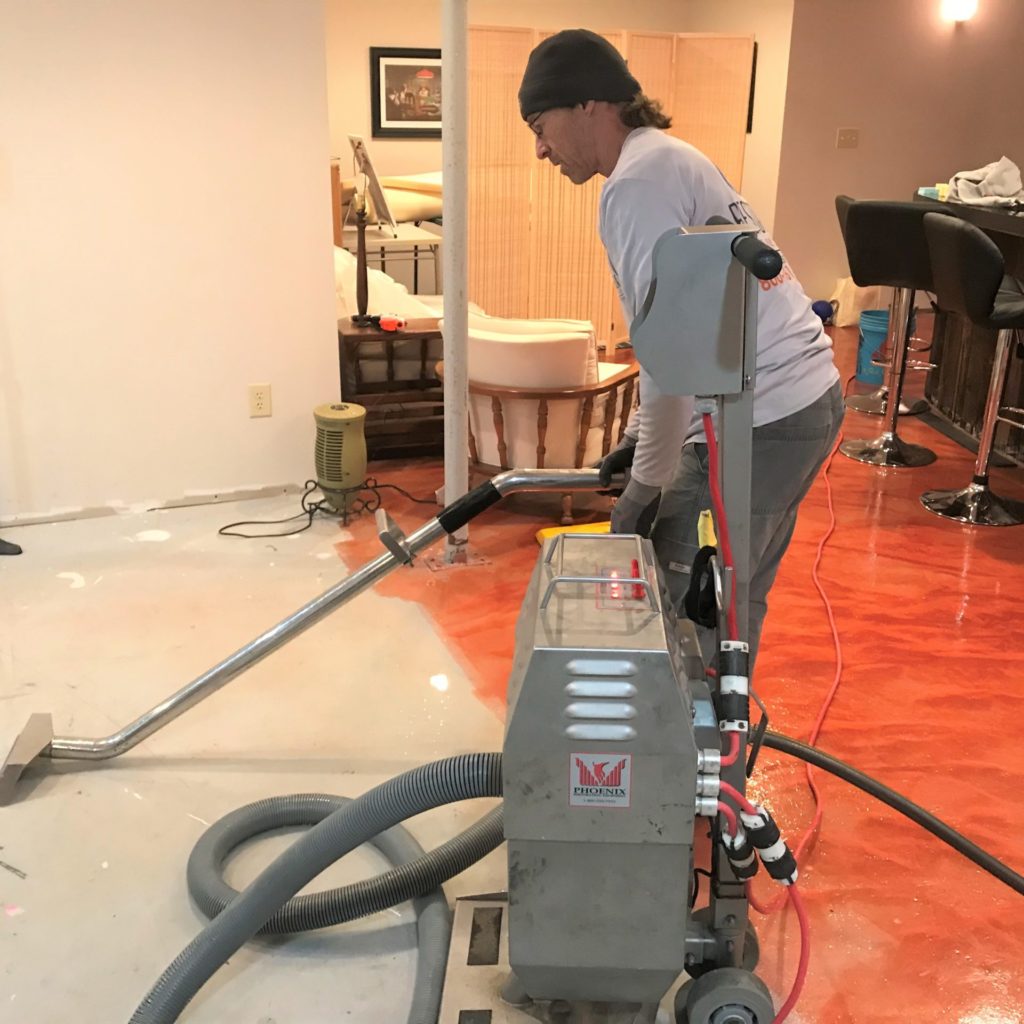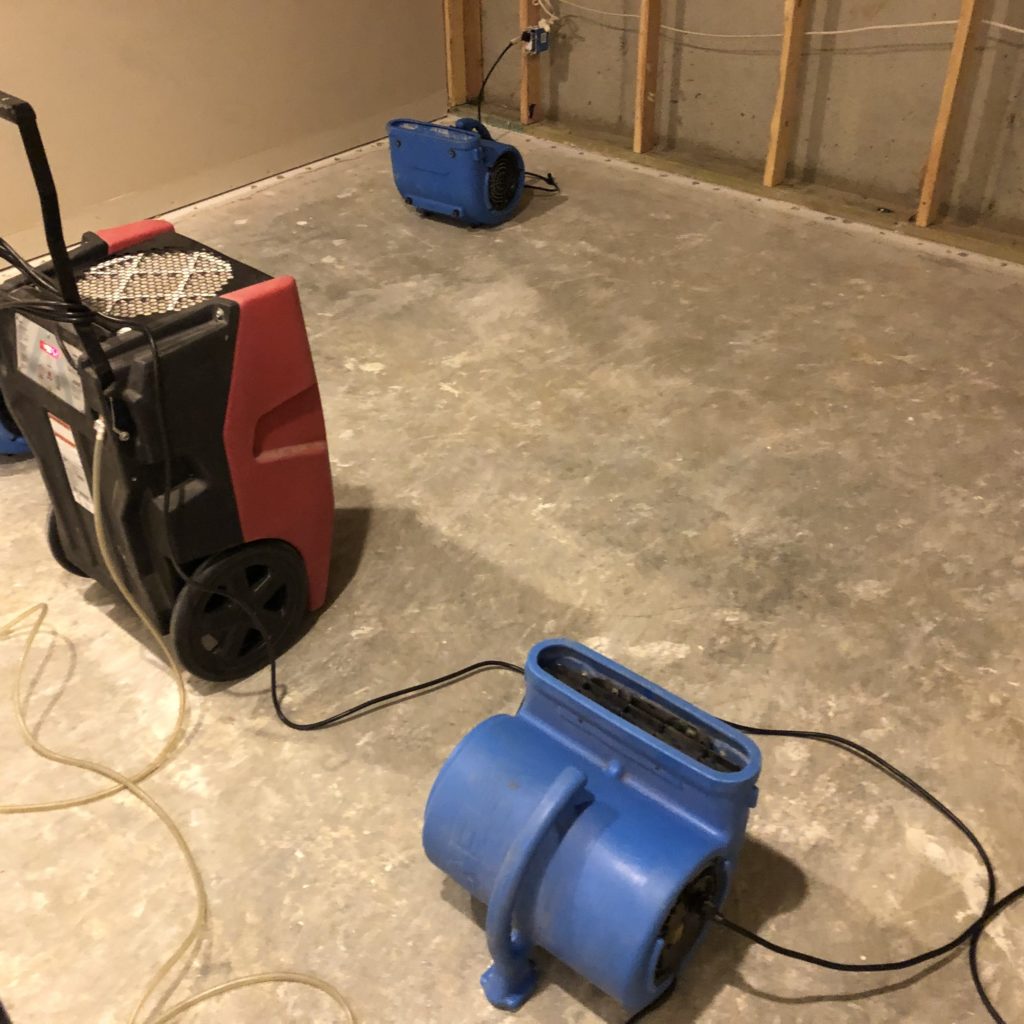Restorex Disaster Restoration is a professional water damage restoration company that specializes in water removal services in Plainfield Indiana. We can help property owners with residential and commercial water removal services.
Restorex is also an expert at handling water damage insurance claims. We can work directly with your insurance company to get our emergency water removal services covered by your insurance provider.
EXCELLENTTrustindex verifies that the original source of the review is Google. The guys were great!! On time professional and polite.Posted onTrustindex verifies that the original source of the review is Google. We had a accident that caused major damage to our house, Called Restorex and they came and assessed it the afternoon we called for help. They stabilized the walls and made sure we were safe. The next day Brian was here to tear out carpet and damaged drywall and take away the damaged remains the next day. We felt totally comfortable with Van and Doug who came every day to work on the house. Our house turned out beautifully. I can't say enough about their confidence and total control of the repairs. Every concern we had Brian would say "I'll take care of that", He did all the insurance communication and all coordination of the different required services and it all came together with quality work seamlessly. We would recommend them to anyone who needs restoration, painting, electrical, plumbing, and flooring. They cleaned up every day before leaving and moved all of our stuff around for us. We can't thank them enough.Posted onTrustindex verifies that the original source of the review is Google. Corbin, Terry, and the team at Restorex are absolutely pros! They helped us when our basement flooded and got the job down right. They also communicated with our insurance adjuster. If you have any restoration needs in your home, they should be your first call and only phone call.Posted onTrustindex verifies that the original source of the review is Google. Very professional and friendly. Great service, awesome people.Posted onTrustindex verifies that the original source of the review is Google. Corbin was very professional, polite and was a huge big help in the process of restoration to my basement.Posted onTrustindex verifies that the original source of the review is Google. Corbin and his crew were great! Came right away when our basement flooded and worked with our insurance company to help us get it back in order! Highly recommend!Posted onTrustindex verifies that the original source of the review is Google. I had a pipe in my basement ceiling leak and we didn’t realize it until the paint on the drywall started to bubble up. I reached out to Restorex to help assess the damage once the leak was fixed by a plumber. It was easy to get in contact with them and they were super responsive. Corbin came out to my house and did the evaluation. He was friendly and very knowledgeable of water damage and the necessary repairs. He explained how to dry out the walls to prevent mold and then explained how I could patch the drywall myself to save some money. He didn’t charge for the evaluation. Overall I was very satisfied with my experience with Restorex and I would definitely use them again if I run into an issue in the future.Posted onTrustindex verifies that the original source of the review is Google. Corbin came to give me a quote for restoration and was extremely thorough and knowledgeable in discussing my issue with me. He took the time to explain things to me, which my other restoration company did not, and let me know what could be done to remediate. The quote was also significantly less than the other provider. I would highly recommend him based on his knowledge and willingness to help. Seemed to have good ethics and put me as the customer first.Posted onTrustindex verifies that the original source of the review is Google. Top notch company! From the moment I called Restorex, they spent considerable time explaining the process of water remediation, how the insurance claim process would work, and assuring me that this would be handled with care and competence. The crews that came to my house were polite, professional, clean, and very efficient. They worked around my two small children and dogs the whole time, and truly made us feel like they were taking care of us; not just doing a job. They even sent someone over the weekend to check on the equipment and make sure we were doing ok and didn’t have any questions or concerns. This company’s work was top notch, and they went the extra mile and made us feel like family while they did it all. I can truly say I would never use another company for this type of work.Posted onTrustindex verifies that the original source of the review is Google. Restorex was quick to come out after our sump pump float failed to engage the pump. They ran a machine over the basement carpet to try to pull the water out and into the sump pit after the pump was working. Afterwards, they installed about 20 fans and 2 large dehumidifiers for 3 days to continue to dry out the carpet. Very friendly and easy to talk to guys.
If you need the expertise of Restorex Disaster Restoration to help you with a flooded property in Plainfield, Indiana give us a call (317) 315-5071.

Water Removal Equipment
Restorex uses a variety of water removal equipment to provide our removal and recovery services to our customers. The equipment we use is below:We will use portable trash pumps when the water in a basement or crawlspace is above an inch deep. Trash pumps can be one of the best ways to remove water from basements because of the amount of water they can pump in a minute. They also can use a standard electrical power source found in homes and businesses. This makes these pumps very resourceful.
We will use a submersible trash pump for a flooded basement or flooded crawl space. Usually, a basement floods because the sump pump has failed. Due to the water pressure on the basement walls because of heavy rains, the water will be forced into the basement.
Typically, we will work with a local Plainfield licensed plumber to get the sump pump replaced before we begin our water mitigation services. If the plumber is not able to replace the sump pump because the water level is too high, then we will begin removing the water with trash pumps until he can safely replace the sump pump.
Gas-powered pumps can move a lot of water very quickly. They are the best pumps to use when the water level is above a foot high. We do not use gas-powered pumps as often because it requires unique situations for them to be needed. Typically, a flooded basement or crawlspace will not be high enough to justify using a gas-powered pump.
They can be difficult to use because they need to be primed before they begin removing water and they must have a steady flow of water to remained primed during the water removal process. Usually, a submersible trash pump is preferable over a gas-powered pump.
When water removal requires a gas-powered pump normally there is a major water damage issue or a long time standing water damage issue. Either way, we don’t normally find ourselves in situations that warranted the use of a gas-powered water pump.
A portable extraction unit will remove water from a hard surface floor, like concrete, or from a commercial-grade carpet. It uses a wand that can remove small amounts of water from the surface where a submersible pump will fail.
A portable extraction unit is necessary when the water level is low and water damage has occurred in an area of the property where a trailer extraction unit cannot reach. This can be in a basement or on the second story of a home, or in the center of a commercial building.
Weight-assisted water removal is the best way to remove water from residential carpet and pad. The vacuum wheel uses the weight of the vacuum and water technician to push the water out of the pad and vacuums the water and pumps it into a drain.
Restorex uses a weight-assisted water removal extractor to remove water out of carpet and pad in flooded basements. These extractors do an excellent job of removing water from basements. We can save wet carpets in basements because of this water removal method and give our customers options when they are placing insurance claims.
The final way our team removes water is by using a trailer-mounted extractor. We use a trailer-mounted extractor to remove water from flooded crawl spaces and to remove water from category 3 jobs. Category 3 water is also known as sewage water or black water.
Sewage water requires special attention and proper disposal. This why we need to store the water that is removed a trailer-mounted tank to dispose of the water properly off-site.
Areas Requiring Water Removal
Basement Water Removal
When a finished basement floods, water removal is necessary to properly remediate the damage. Most of the water is removed using our weight assisted extractor, which is the best way to remove water from a flooded basement. If we properly remove the water from the soaked carpet and pad, we can successfully dry the carpet in place, which can be a great opportunity for a homeowner if they don’t want to go through the hassles of replacing the carpet and pad.Crawl Space Water Removal
When a crawl space floods from heavy rains, a burst pipe, or a sump pump failure, it can be a difficult job to remove the water. Crawl spaces are generally not easy places to get in and out of and they also are not the cleanest places to work. Removing water from a crawl space requires more time and more planning than a basement or the main level of a home. Normally, we will have to remove the vapor barrier first before we can start extracting the standing water under the home. Once the vapor barrier has been removed, we can either use a submersible pump, if it is clean water, or we will use our trailer-mounted extractor for sewage water removal. Flooded crawl spaces require our technicians to wear extra protective equipment when working in a confined space. Typically, we will wear Tyvek suit, gloves, and eye protection. If we are removing category 3 water, then we will also wear a full-face respirator and a rain-suit over our Tyvek suits.Water Removal from Hard Surface Floors
When we are removing water from a concrete floor, we will use a special tool called an extraction wand. This wand can provide suction at the surface of the concrete floor and vacuum the smallest amount of water from it. An extraction wand is an excellent tool for removing water from a hard surface floor.
